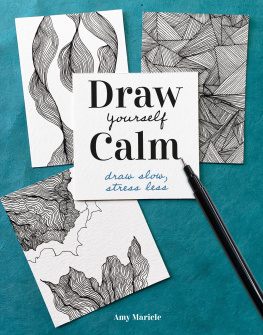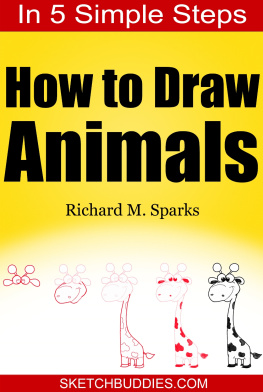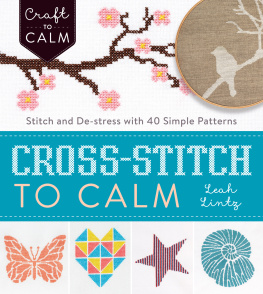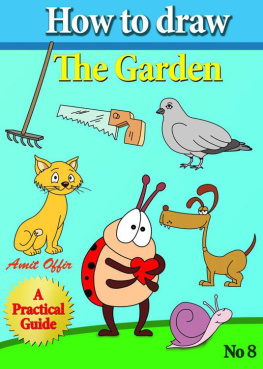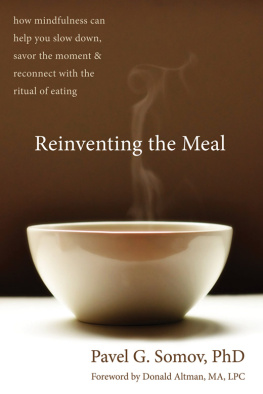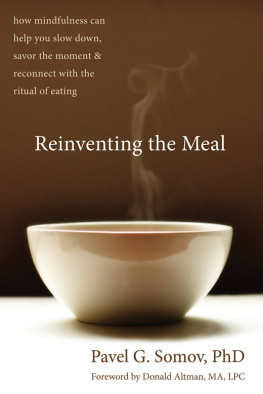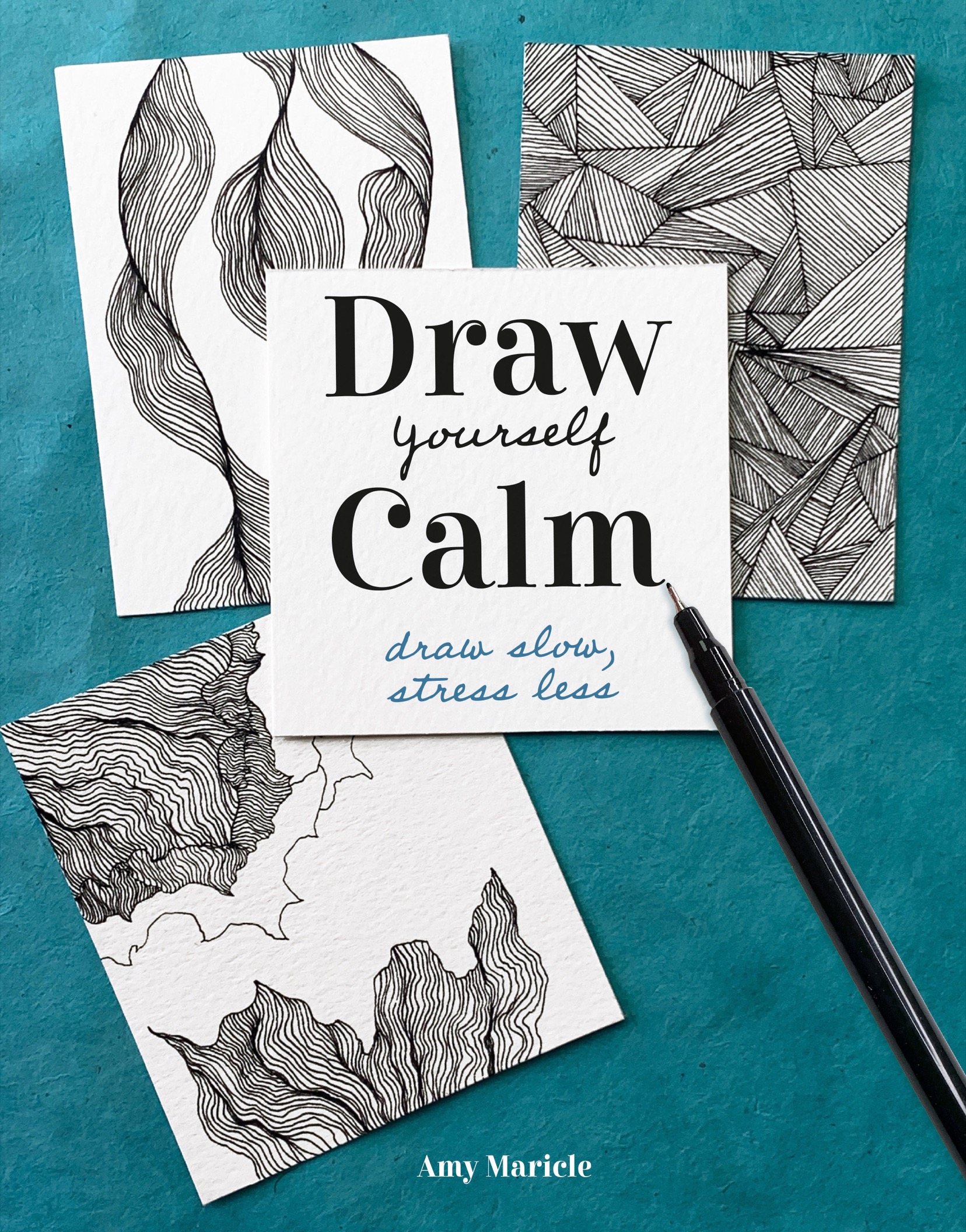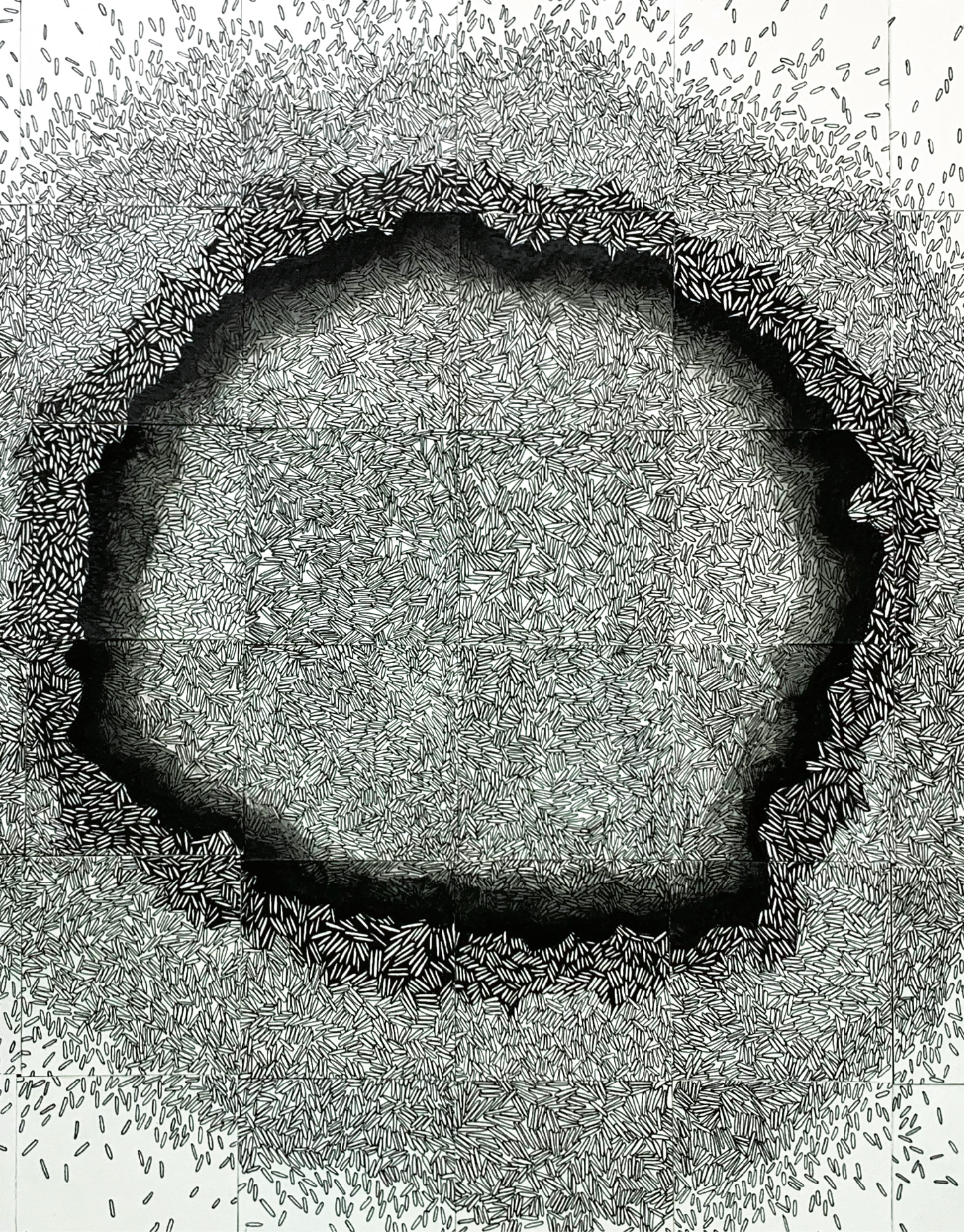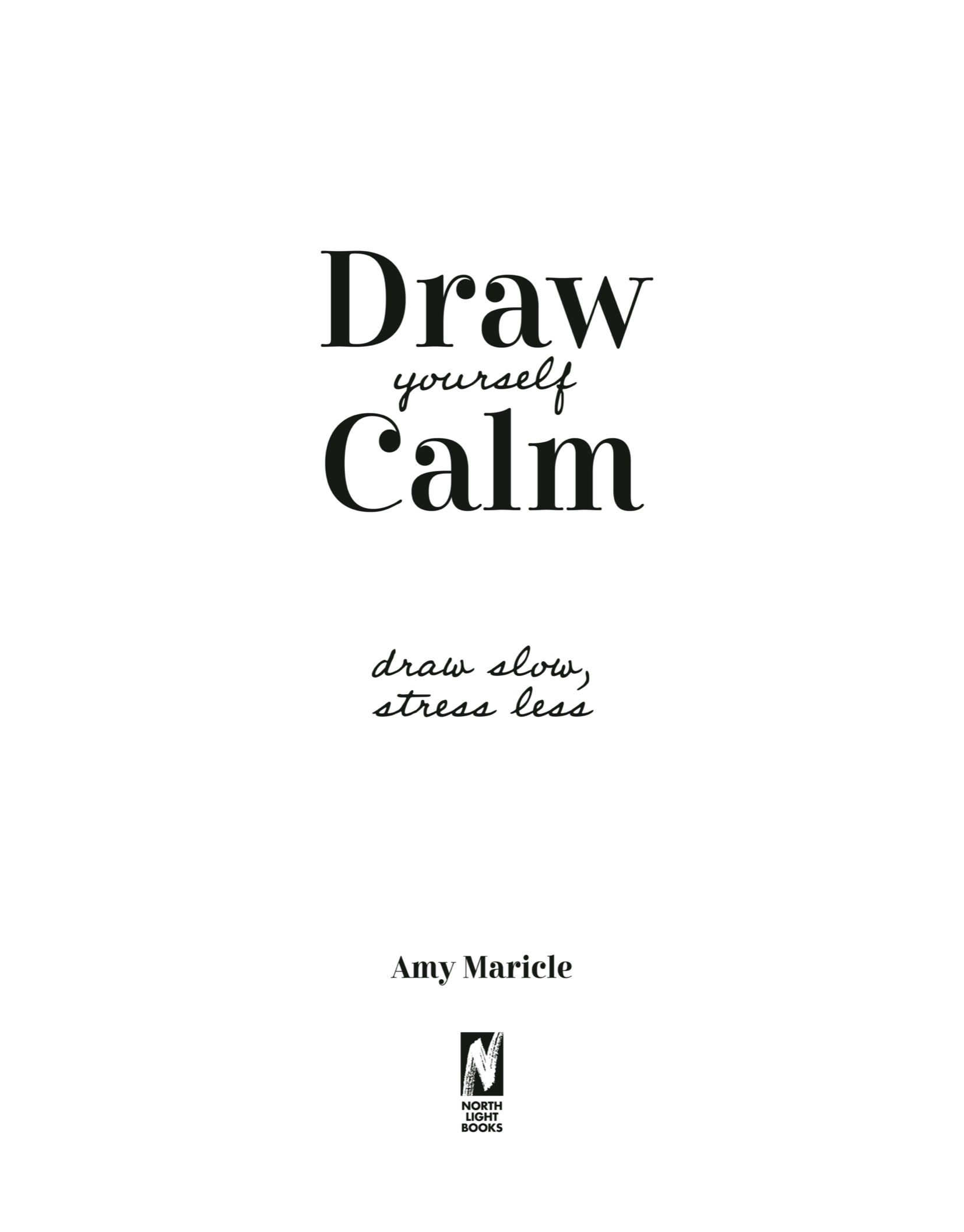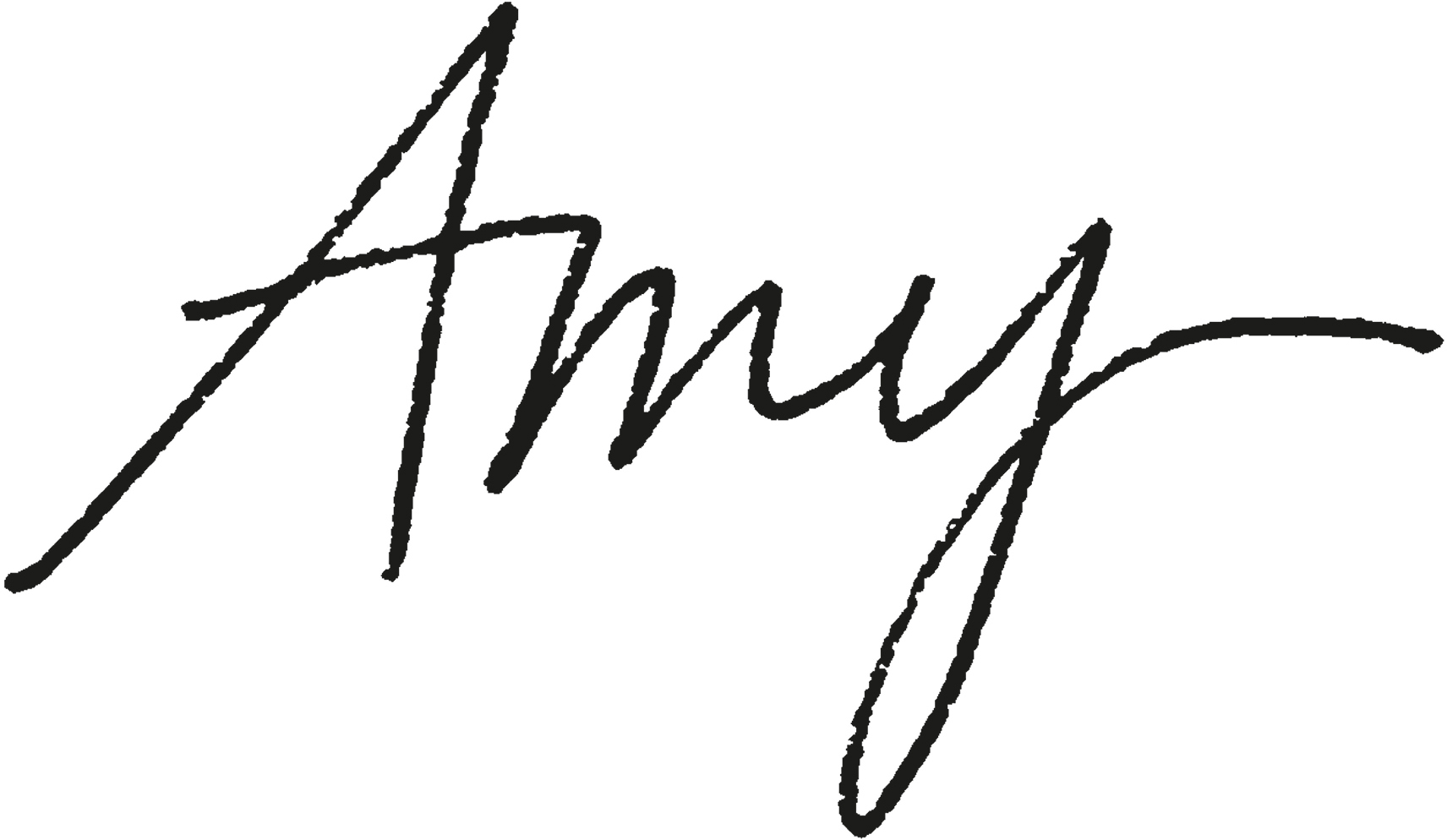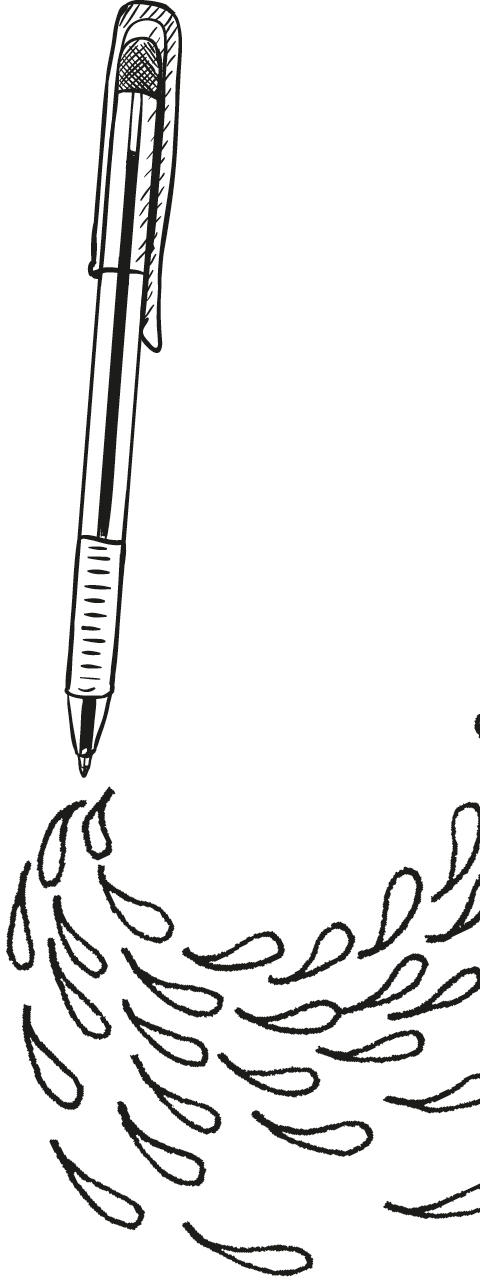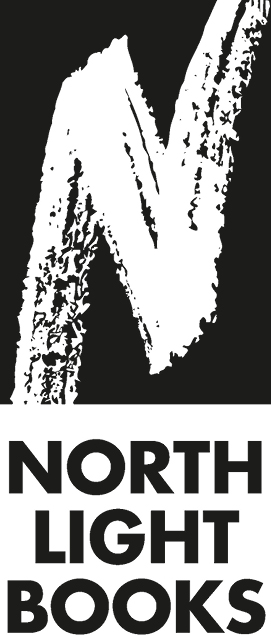
An imprint of Penguin Random House LLC
penguinrandomhouse.com
Copyright 2022 Quarto Publishing plc
Penguin supports copyright. Copyright fuels creativity, encourages diverse voices, promotes free speech, and creates a vibrant culture. Thank you for buying an authorized edition of this book and for complying with copyright laws by not reproducing, scanning, or distributing any part of it in any form without permission. You are supporting writers and allowing Penguin to continue to publish books for every reader.
Ebook ISBN: 9780593541029
Conceived, edited, and designed by Quarto Publishing
an imprint of The Quarto Group
The Old Brewery
6 Blundell Street
London N7 9BH
www.quarto.com
QUAR.343035
Copy editor: Caroline West
Projects editor: Anna Galkina
Photographer & Illustrator: Amy Maricle
Photographs : Brittany Adams
Deputy art director: Martina Calvio
Art director: Gemma Wilson
Senior commissioning editor: Eszter Karpati
Publisher: Lorraine Dickey
Ebook adaption: Cora Wigen
pid_prh_6.0_140845392_c0_r0

Meet Amy
Walking in and exploring the woods as a child was always magical for me: gurgling creeks that spoke of faraway lands, tree vines that swung me through the air, and soft carpets of moss to lay down on and look up at the sky. I made up my own songs in the fields and my own forts and games in the trees. In nature, I felt creative, powerful and grounded.
I remember standing alone in the snow at night, on the top of the hill where we lived, with my breath emerging in silent clouds. The twinkle of each snowflake reflected the full moon lighting up the sky. I was awestruck. I felt so big and yet incredibly tiny all at once. My place was in nature. While things inside my house were not always peaceful, outside I felt grounded and alive.
As I got older, I learned to connect nature and art more deeply and bring these two sources of joy together to create art with and from nature. For the last few years, Ive been exploring natures patterns. The patterns in this book are the result of my observations in the woods, by the ocean and in the desert, as well as my own mark-making explorations. My criteria for each pattern is that it should be simple enough that anyone could draw it, but complex enough to make room for something delightful.
Thats what fascinates me about these patternsI could continue to make little changes, digging deeper and deeper into my imagination, and come up with something fresh each time. This is what I hope you do with slow drawing. You can start by copying my sample, but I hope each pattern leads you on a journey into rich creative territory that is all your own, both outside and on the page.
I cant wait to start this journey with you.
Amy Maricle, LMHC and ATR, is an art therapist and artist who lives in Mansfield, Massachusetts, with her husband, son and two dogs.
Introduction
Lets start by talking about what slow drawing is, review the tools and materials you need to get started, and look at some easy ways to integrate slow drawing into your life.
What is Slow Drawing?
Slow drawing is a mindful art practice. Mindfulness simply means paying attention to what you are doing and experiencing in the moment. I find the easiest way to do that is to notice through my senses. So slow drawing is drawing slowly enough that you notice what its like to drawthrough all your senses.
I do some meditation practice, but always find that it does not feel completely natural to me. Im by no means the most relaxed or mindful person; I have perfectionistic tendencies and I sometimes have a short fusein other words, Im imperfect and human, just like you. And just like you, I need ways to slow down. Meditation is good, but it never feels as energizing, adventurous and fun as meditating through art. When Im drawing, painting and working with my hands, I find that my thoughts slow down, my breathing settles into a slower, deeper rhythm, and I feel more grounded. I realized that slow art was a mindfulness meditation for mea way to have a singular focus on what I was doing in the momentjust as in meditation when you focus on the breath.
In my previous work as an art therapist, and now teaching, I find that movement-based work is incredibly effective because it puts people in charge of their body and asks them to focus on that action. Its much easier to focus on the movement of a paintbrush, and the feel of it in your hand, and the colors that appear on the page than to wrangle an overstressed mind into focusing on each inhale and exhale. Making art is an active way to ground anxious bodies and overactive minds.
Why Slow Draw?
People enjoy slow drawing for different reasons. Some want a creative way to ground themselves and feel calm, while others are artists who wish to overcome creative blocks or infuse more meaning into their art. I slow draw for all those reasons. Its fun and relaxing, and going slow helps me tune in to the creative ideas that bubble up from my imagination. Slow drawing has helped me to practice mindfulness while Im creating, but also in the rest of my day. I now find that I tune in to the pattern of the bubbles in boiling pasta water, the sound my feet make as Im running, and the texture of fingers when I fold my hands. Slow drawing helps draw us into the moment.

